|
IMAGINATION CHALLENGE NUMERO UNO
Your imagination challenge numero uno will be cleverly titled, double-spaced, have 1-inch margins top and sides and be carefully proofread; additionally, it will be full of active verbs and, in general, have syntactic variety so as to avoid the dangers of the "IS" VIRUS (use the sample grading sheet opposite as a checklist of what NOT to do). Lastly, please use MLA or University of Chicago works cited pages formatting. Your eyegasmic expository bundles of genius are due IN-CLASS, THURSDAY, OCTOBER 8, 2015--you will walk into class on time and drop your paper into the decorated receptacle that corresponds to your specific Hallucinating Mirrors team (there will be one other bag with my name on it as well for those who want to brave the choppy waters of my grading!). Late papers will not be accepted. Early papers, in most cases, will be cherished lovingly. All "A-grade" level imagination prompt responses will integrate select, direct
quotations
from the primary texts read thus far in the class this semester and will avoid ALL of the
quicksand-like bad habits noted here on the gradesheet above--click it to make it readable. Additionally, A-level grades
will be awarded ONLY to crafty undergraduates who make use of scholarly
research discovered either by
prowling the stacks (the shelves and shelves of books that fill Love Library, aka
the "Library of Love") or that you can gather off of JSTOR or PROJECT MUSE--be sure to CITE THESE WORKS CAREFULLY. In
general, avoid research garnered from the internet--any use or
adaptation of material from Spark Notes, Cliffs Notes, Barron's Notes,
etc (and especially essays that rely on Wikipedia) will likely be
returned to you ungraded or burned ritually at a secret sacred site guarded by druids! One last bit
of advice, do NOT plagiarize ANY material from an online source or
'paper mill.' In other words: unCITED material = PLAGIARISM; also, as noted above, if
you are going to analyze a key element
from an illustrated or filmed work, do please go to the bother of
xeroxing the image and incorporating
it INTO your essay with captions and with a notation in the 'Works
Cited' to let your readers know where you got it from. Last hint? Have a blast with this paper! Try things you have NEVER tried before! Test the limits of your imagination! Good luck! This IMAGINATION CHALLENGE is slightly different from other writing assignments you may have completed as an undergraduate (for example, please leave everything you learned to loathe in RWS 100 or 200 at the door--unless your instructor was a genius, in which case, use your best judgement). For this Imagination Challenge Numero Uno (Number One), you will fill in the blanks provided below and then complete the essay making sure to provide specific textual evidence to sustain/defend/illustrate your stated position in the essay! FINISH only ONE of the following challenges. Note that some of the blanks below are meant to be filled with authors' names whilst others should be filled with specific phrases/ideas; read the prompts carefully to make your final determination. One last thing. Try to finish your paper a DAY BEFORE it is due. Print it out and lay it on a desk in your room. A day later, wake up early and take this printed work and go to a room/library/cafe you don't usually go to--go there with a big old printed dictionary, you should own one and you can get good ones for cheap at old book stores like Maxwell's House of Books, Adams Avenue Books, DG Wills Books, Bluestocking Books and other area book shops. Take your paper to this special place and edit your paper. We really don't have the power to carefully edit a document on the screen where it was composed. You must switch the medium, going from screen to paper, from photons to ink, to see errors your reader will trip over! Cool. Go for it! Here are your prompts! Unless you KNOW you can write a better introductory paragraph, please use these PromptParagraphs™ (an intellectually enhanced version of MadLibs!) as your opening paragraph for your paper. 1. Sigmund Freud, via Ruth Sheppard, Goes For a Walk With Gilman and Iñárritu Ruth Sheppard's
wonderful album-style biography of Sigmund Freud and his work, Explorer of the Mind, explodes
with images and stories that bring Freud to life. Her interpretation of
Sigmund
Freud's careeris both provocative and clever--one of the best
things about it being that the book reveals connections between
psychoanalysis and the arts. In particular, Sheppard's
analyses of Freud's wide-ranging ideas seem perfectly suited to a
diagnosis of the main, possibly unnamed character from Charlotte
Perkins Gilman's THE YELLOW WALLPAPER and Riggan from Alejandro
González Iñárritu's BIRDMAN.
In the
pages that follow, I will attempt to forge a link between Freud's
theories, Gilman's short story, and Iñárritu' film with particular focus on
____________________________. By doing so, I hope to illustrate how _____________________... 2. Psychology
& Film (note that doing this challenge means also doing some
cool secondary research human psychology) A provocative psychological film by writer and director Alejandro González Iñárritu, BIRDMAN challenges its viewers to explore the
_________________ of human psychology--to be more specific, Iñárritu take viewers on a tour of ______________
introducing
characters that ______________________. Recently, specific
critics have focused on psychology in American
cinema--typical among these is _________________________________________________ written by
_____________________. I am not totally content, however, with Professor
_________________'s study of the psychology in American
cinema. In the paragraphs that
follow, I will briefly illustrate my problems with his/her work and
suggest better ways to explore Iñárritu's project. 3. Robert Louis Stevenson and Sigmund Freud Go on a Date... One of the
most exciting ideas that peculiar intellectual from Vienna, Sigmund
Freud, ever invented concerns the
________________________________________ 4. Iñárritu and Stevenson, Fused! How
is it possible that a British gentleman from the 19nth century and a
Mexican director/screenwriter from the 21st century can be seen to
share a singular obsession? And yet that is the case with the and Strange Case of Dr. Jekyll and Mr. Hyde and Birdman. In
my brief study that will unfold before you here, I will take the time
to focus on ideas of ______________________ and
_________________________________________ as I weave a critical tale of
Stevenson's and Iñárritu's kinship. But I will also take time below to
point out their contrasts, especially with regard to
____________________________. 5. Comparative Literature: John Green and Salvador Placsencia The best literature is merely a vehicle for surveilling the complex corridors of the human mind. With ________________(from The Fault in Our Stars) and _____________ (from The People of Paper), writers John Green and Salvador Plascencia introduce readers to _________________________________? I will use the next few pages to creep carefully into the minds of these two memorable characters from literature in order to explore how ______________________. In order to add complexity to my comparative dissection of Green's and Plascencia's achievements, I will incorporate a recent piece {after 2010} of literary criticism authored by __________________ on _______________________ that helps us probe the imaginative depth and psychological complexity of these two memorable characters. 6. Spike Jonze and Salvador Plascencia, Reconsidered Spike
Jonze and Salvador Plascencia share a deep and abiding fascination with
________________________________________--this becomes clear
after a close examination of Being John Malkovich and The People of Paper.
I recently chanced to get lost in Love Library and I happened upon a
book by __________________ entitled ________________________ that
helped me to coalesce and integrate my ideas concerning these two
formidable 21st century artists. Using this work, I will attempt to
show how Jonze and Plascencia ___________________________________... 7. Allusions Allusions In the first four weeks of this class, we have been drowned in literary and cinematic works that are filled with allusions and while Professor Nericcio has been scrupulous in his tracking down of significant allusions, he just does not have the time in 75 minutes with 300 students to really explore the down and dirty nitty gritty of some of the more curious allusions we have run across so far. In the paragraphs that follow, I will try to document some of the more compelling literary allusions we have run across that our good Professor failed to focus on in class... 8. Verisimilitude or The Play within the Play Many of the works that have happened our way this term are metatextual--that is, they are as likely to tell a compelling fictional tale as they are to tell a story about the nature of storytelling itself. In critical writings, this practice goes by various names: self-referentiality, postmodernity, poststructuralism, 'breaking the fourth wall', and the aforementioned, metatextuality. Trapped in Love Library, I happened upon _______________________________ written by ___________________________. His/Her scribblings on the nature of self-referentiality/postmodernity/poststructuralism/'breaking the fourth wall'/ metatextuality (PICK ONE) give us a better way to enter into a discussion of _____________________________ and _________________________ (pick two works we have worked on this semester). Using this critical work, I will attempt to show how_________________________________..... Director and Author Fuse! Become Ontological Powerhouse! Yikes! {A question from your ACE GTA, Carlos Kelly!} Connections. Parallels. Echoes. Consider the following: take the film Birdman, directed by Alejandro Iñarritu, filled with the madness that is Riggan Thomson’s mind; and, next, consider the two-sided enigma that is Dr. Jekyll, from Robert Louis Stevenson’s novella, the Strange Case of Dr. Jekyll and Mr. Hyde. Through cinematic and literary close analysis, I plan on exploring how duplicity thrives within the confines of our own minds, and by showing how each author develops their protagonists' alter-egos--their "altered egos" as well. My focus shall be on _________________ and ____________________, as I attempt to dig out, to bring to light, the ontological implications that these masters of art have woven throughout their works. 10. Roll you own! Develop and refine your OWN independent fill in the blanks prompt--it must make use of at least two works from the 1st half of the semester (including Iñárritu's Birdman and Jonze & Kaufmann's Being John Malkovich). You MUST bring your proposal to me by Tuesday, October 6, before OR after class (typed, please) or email your proposal to me at memo@sdsu.edu. You are also welcome to run it by me in person during office hours or by appointment. Have fun!
|
| MODELS FOR GOOD LITERARY AND FILM CRITICISM |
| If you have never read a good piece of literary
criticism or film theory, it is probably a good idea to read some
BEFORE you tackle this writing assignment; below appear paragraphs and
a link to some good writing focused on literature and film. As you do
your research for your essay, pay attention not just to the ideas of
the critics you select to share in your essay as proof, pay attention
as well to the way they carefully craft these arguments. Edward Said, one of my stylistic mentors, on Joseph Conrad...  Edward Said, again, on Joseph Conrad (and Sigmund Freud)... 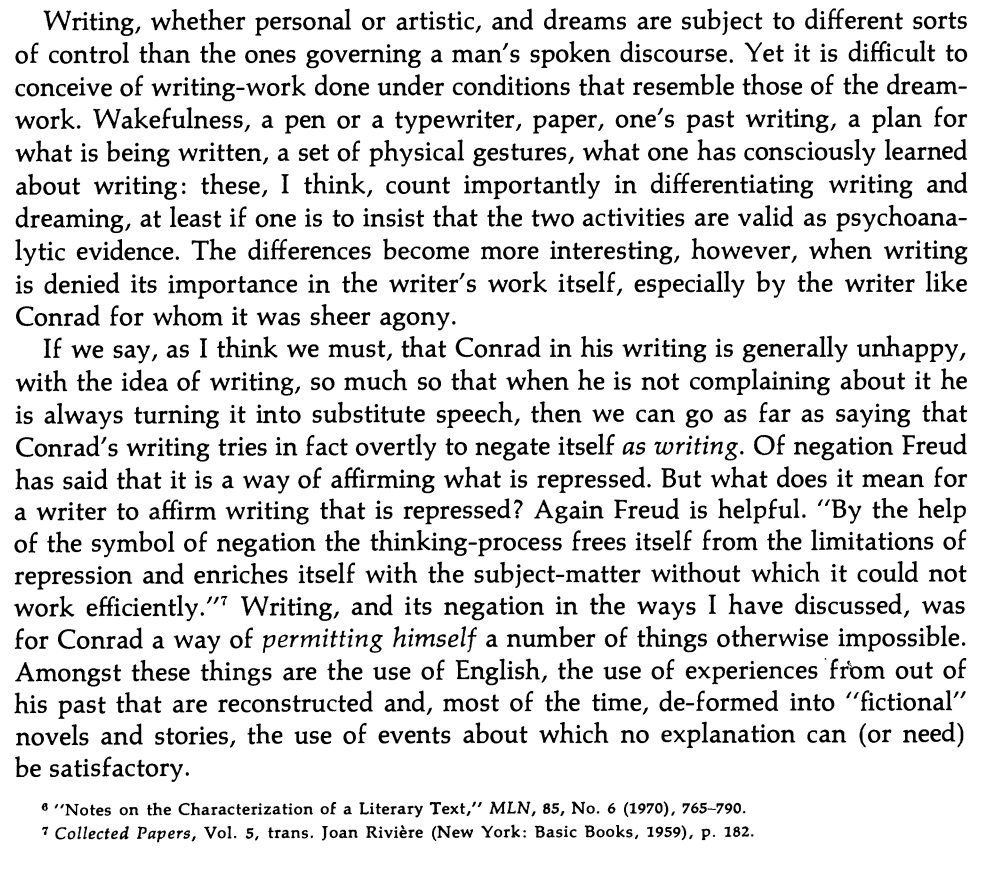 Helen Vendler on Criticism  and last, J. Hoberman (extra-cool film theorist)... (click image to see/read his full review)... 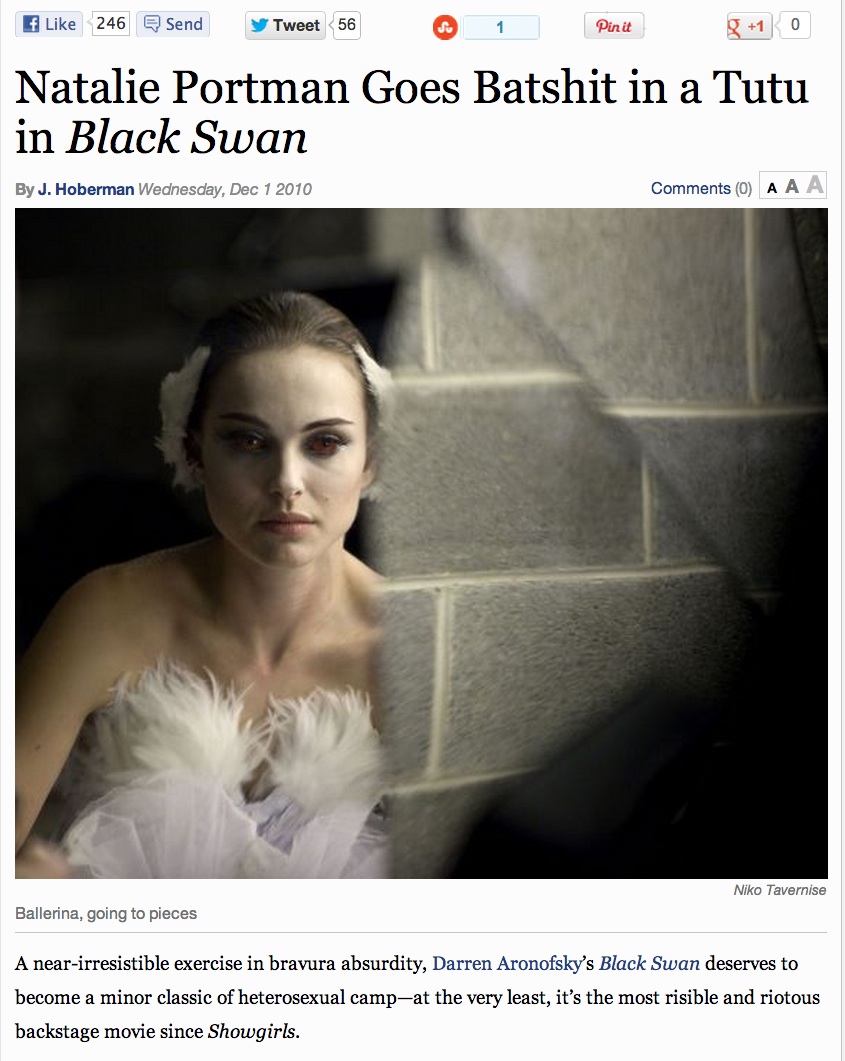 |
| urgent issues? email: memo@sdsu.edu |
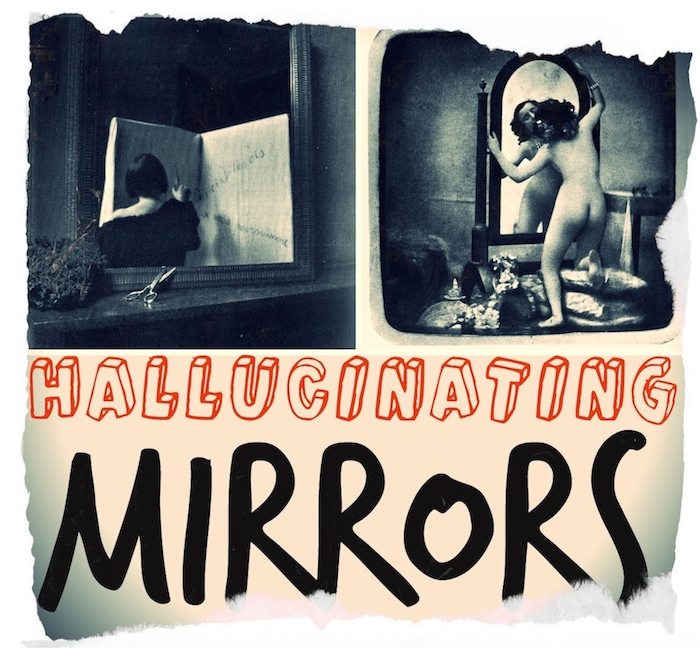 Back to your day to day diary! |
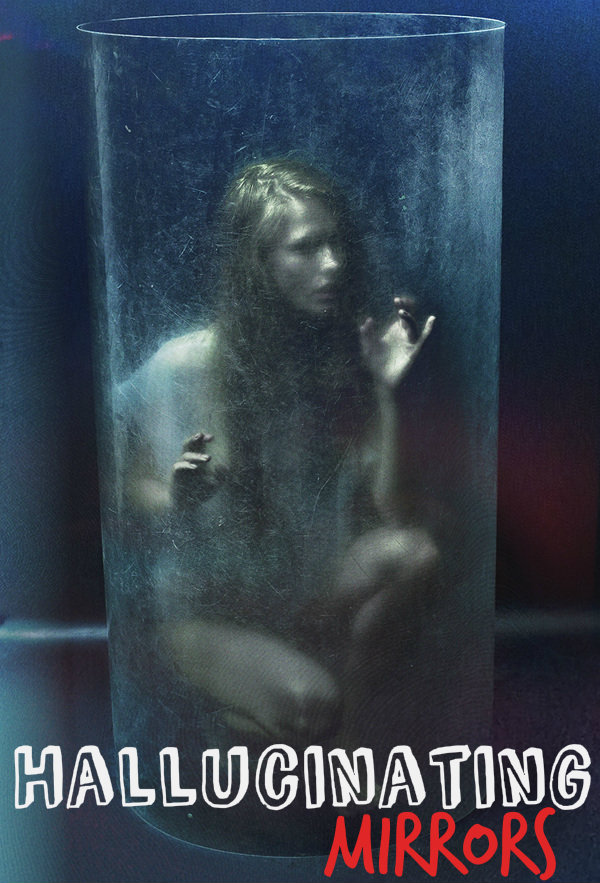
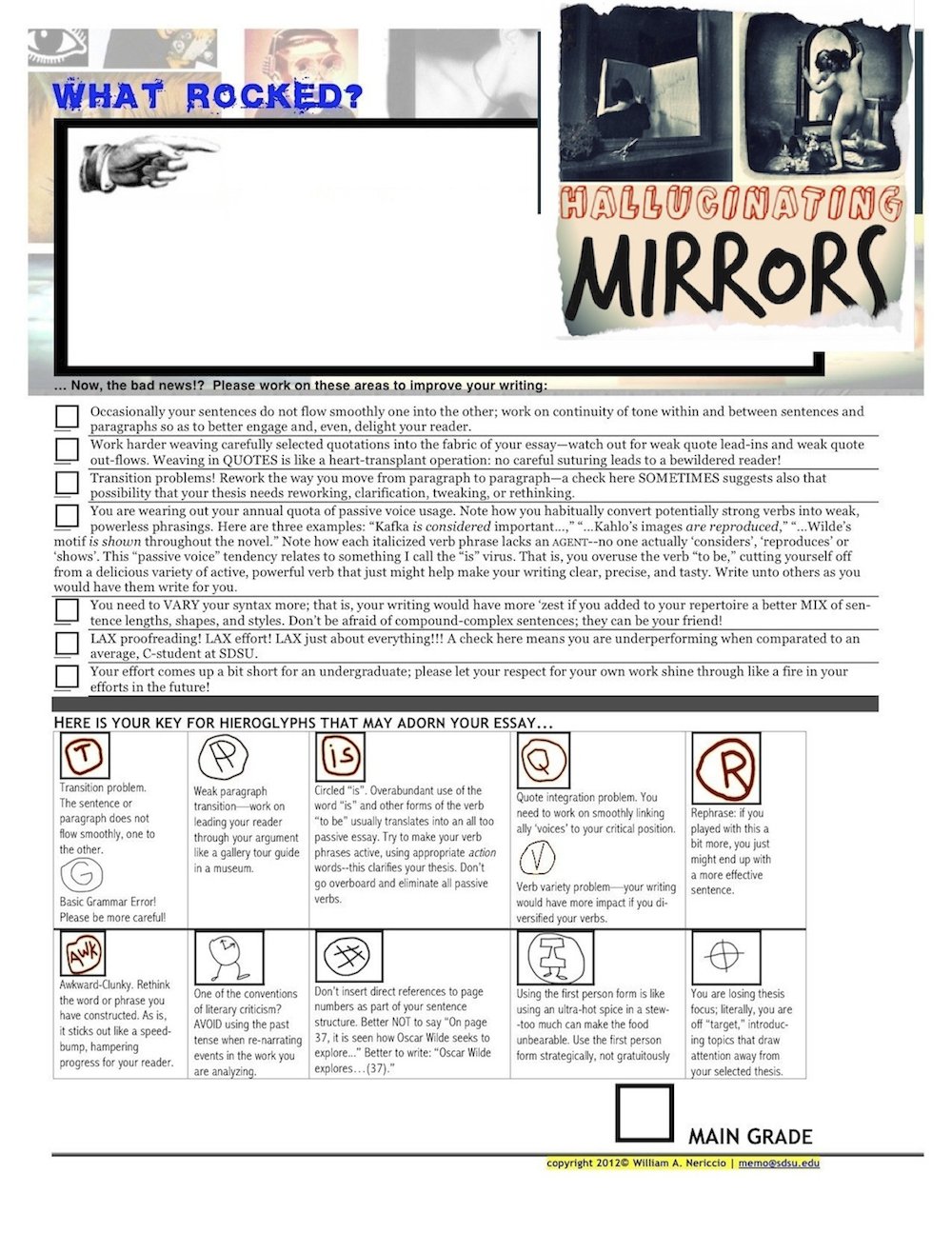
 elcome
to "Analytical Imagination Challenge Numero Uno." The writing you will
turn in, based on the prompts below, should be no longer than 3-4
pages in length (if you must go longer, a page or two let's say, don't sweat it). Also, please do not turn
in a paper that
focuses on an illustrated and/or filmed text without also turning in
visual evidence----images do NOT
count
toward your final page count so illustrate at will.
elcome
to "Analytical Imagination Challenge Numero Uno." The writing you will
turn in, based on the prompts below, should be no longer than 3-4
pages in length (if you must go longer, a page or two let's say, don't sweat it). Also, please do not turn
in a paper that
focuses on an illustrated and/or filmed text without also turning in
visual evidence----images do NOT
count
toward your final page count so illustrate at will.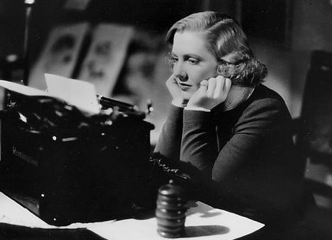 Write unto others as you would have them write for thee!
Write unto others as you would have them write for thee!